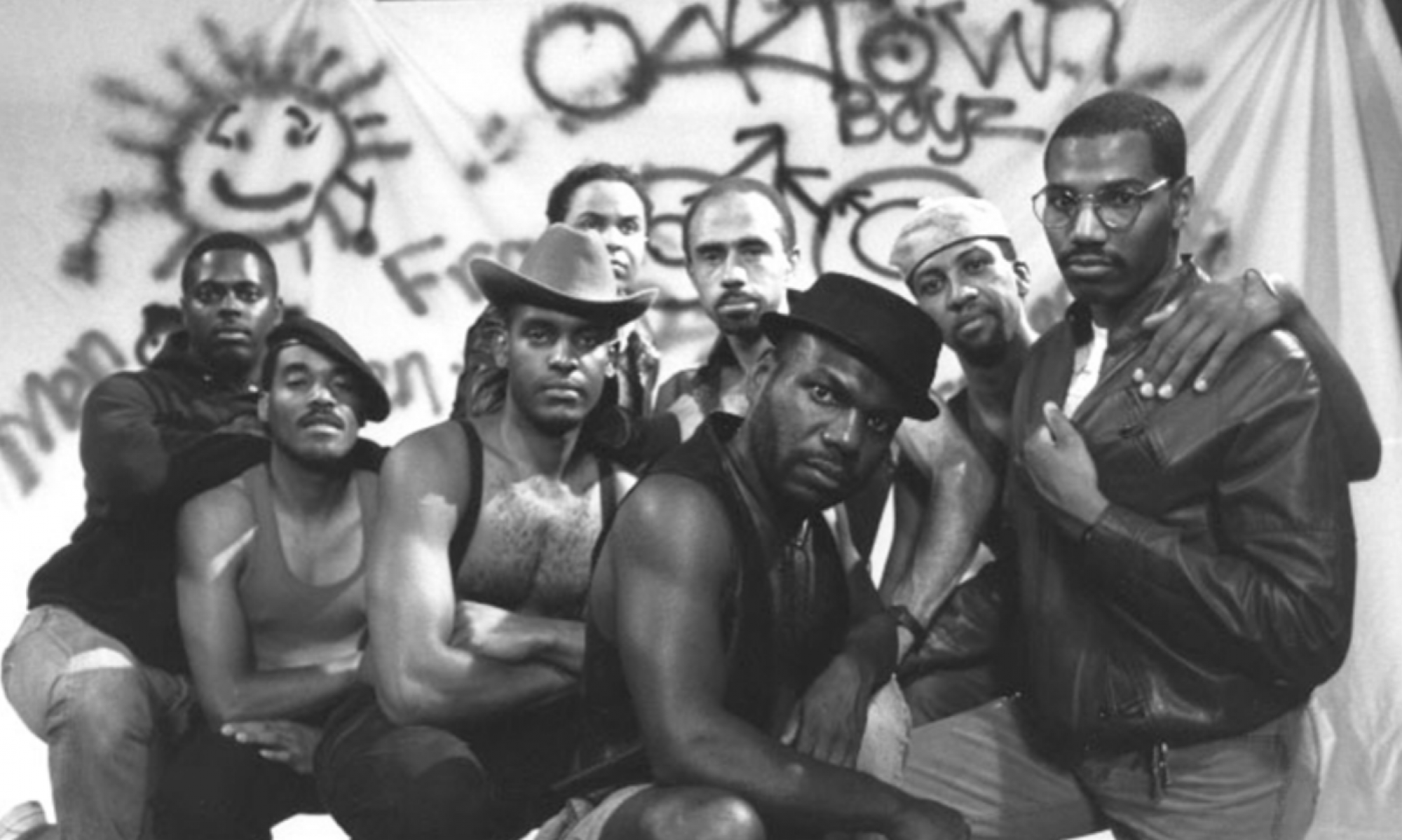After a few weeks of thinking about the films and texts we have read and watched so far this semester, it is clear how some of the readings connect with the films, but some of the connections are more complicated. One of these seemingly simple connections that we have seen this semester is between the reading of Pamela Robertson Wojcik, “‘We Like Our Apartment’: The Playboy Indoors” and Laurie Ouellette, “Inventing the Cosmo Girl” and watching Pillow Talk. It was interesting to read the Playboy article and understand the importance of a person’s space and how this represented their personhood, or their ideal personhood, especially for men. This was evident in the film through the focus on Brad’s apartment; while Jan had an equally impressive, if not more impressive home, the emphasis and transformation was viewed through Brad’s Playboy-esque apartment. However, I thought the combination of the Playboy article and the Cosmo girl article was what was truly interesting in the screening of Pillow Talk.
These two articles, in the context of their time and in the context of the film, seemed to highlight the difference in how men and women represented themselves. I am not sure if “represented” is the exactly correct term, but it seems that these two articles look into how men and women differed in projecting themselves to society. For men, as the Playboy article suggests and as Brad corroborated in Pillow Talk, the emphasis lies in their dwellings and where and how they live. It was these assets they used to impress their company, male but especially female. Through this way of projecting themselves, they can indicate their style, interests, and most importantly, their salary. While this seems obvious, it is interesting that the same emphasis is not put on the woman’s home. This film and the Cosmo Girl article suggest that their representation of themselves is confined to their own bodies. As we know, unfortunately, so much a woman’s value is dependent on her appearance, and it is interesting to see this come into play with the contrast between males’ representation and females’. The significance of a woman’s appearance is not a new discovery, but it is interesting that it does not seem that women during this time period were enabled to use other means to represent themselves. It as though they don’t have the agency or empowerment to exist outside their own bodies; whereas males and male characters during this time projected themselves onto every surface they own.
This is an even more interesting scenario when put in context with the fact that women are so closely associated with or confined to the home. I found this concept rather confusing or complicated, but as I thought about it more thoroughly, it (almost) made sense. During this time period, men had majority ownership and empowerment over almost all aspects of social and financial life, but as an archetype for single women, Jan represents how these women are valued and viewed by society. Of course, this is a relatively idealistic viewing of single women during this time, given that she is beautiful and gainfully self-employed. However, it is still evident that her value is still so much confined to her body by how the emphasis is put on her body and how she dresses; while the male is allowed to project himself onto everywhere he goes. But when the woman is married and becomes a part of a family, her identity is projected within the home because that is where she is expected to be, and that is where her societal role is. It is as if there is a role reversal upon marriage, where the woman takes over the space of the home and is now responsible for the appearance of that space while the man’s appearance outside the home and how he presents himself to the rest of the world outside his family.
